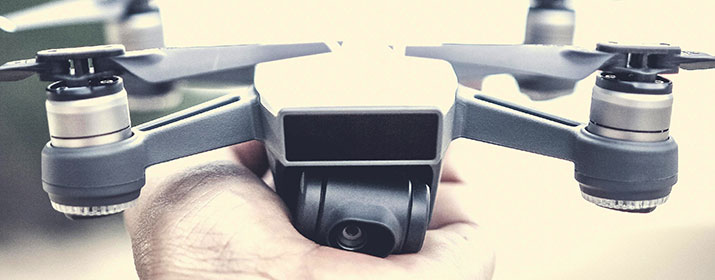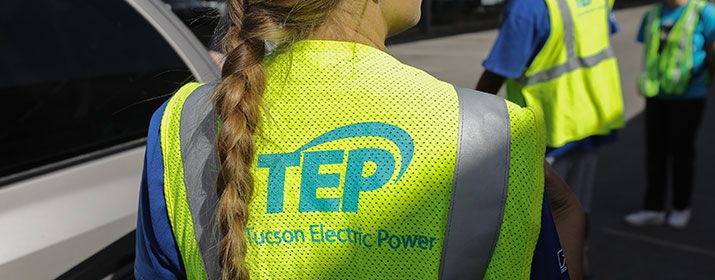
With the rising popularity of drones for recreational and professional use, it’s important to be mindful of a few key safety tips to stay safe around electricity. Drones can be fun, especially in our mild spring weather. But they’re real aircraft, and many must be registered with the Federal Aviation Administration.
- Respect the drone safety zone. Keep drones 200 feet away from power lines, electrical equipment, and substations. Powerlines can interfere with the radio signals to drones and cause them to veer off course or crash. This can cause injury to people below and can also cause damage and outages to our system. Most drones are conductive. If they get between powerlines or on equipment, they can cause what we call a “short circuit.” This can cause fire, explosion or damage to lines, property, and equipment. Depending on the location of the outage, this can interrupt power to emergency services, hospitals, and other critical infrastructure. The drone operator could be held responsible for costly repairs.
- Don’t try to retrieve a drone stuck in a powerline or substation. Our power lines and substation facilities are dangerous at all times, and getting too close can result in electrocution. Stay clear of the area and call our customer service line immediately. We will respond and determine the safest way to get the drone out of our lines or property.
- Don’t solely rely on your camera to stay out of the 200-foot radius. Drone cameras have a hard time picking up powerlines.
- Don’t fly in bad weather conditions, such as low visibility or high winds.
TEP uses drone technology to assess the condition of our facilities safely and accurately. Our licensed, skilled pilots are specifically trained to mitigate hazards and follow all federal regulations.
Click here to see other spring safety tips, as we’re spending more time outside.






